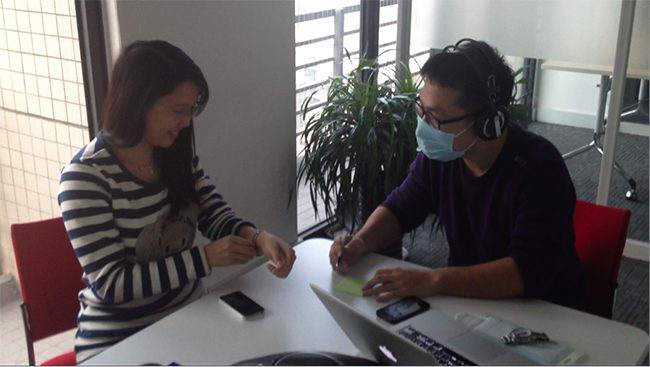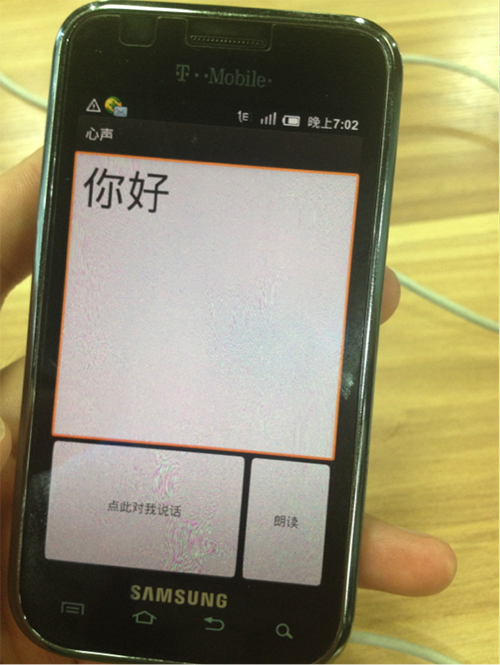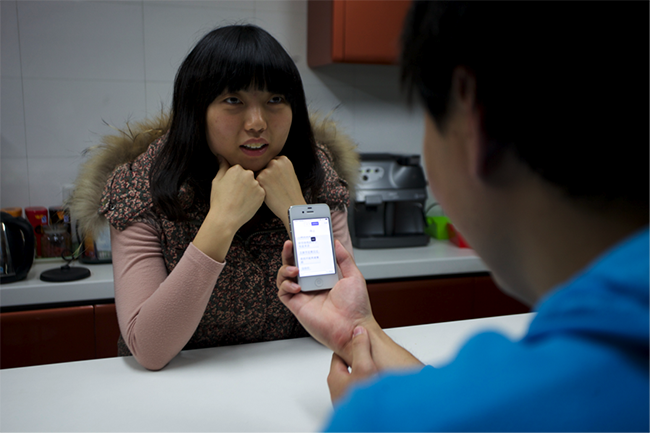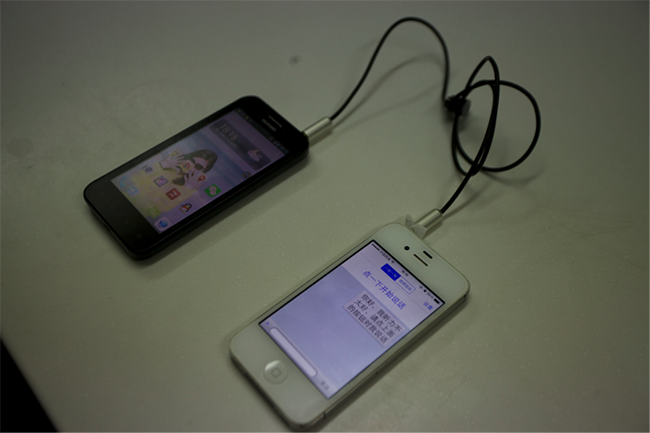
The Gift of Speech - With a Mobile App
Voice of the Heart - The app that's given 6,000 people a voice
It all began with a technology competition. Building an app that would have an impact in society got a few us thinking. We came up with ‘Voice of the Heart’ – an app that uses voice recognition to aid people in the speech and hearing-impaired community communicate better.
Lean-startup helped us to find the features that the community wanted and build the app with low effort. Here’s how we did it.
The first hypothesis
Initially, we were unsure whether or not voice recognition would be helpful to the speech and hearing-impaired community. Therefore, we were very eager to get input from the community to verify our hypothesis. However, it was hard to get people to trust us and agree to join as early adopters despite posting on social networking sites. So we resolved that we would simulate the experience.
The simulation: we wore a mask and a headset and attempted to describe our experience of a recent holiday to our colleagues. As expected, the communication was very slow and uncomfortable.
This reinforced our belief that the app would be very valuable for the speech and hearing-impaired community and we were eager to get an initial version out and test it.

Build the Minimum Viable Product (MVP)
Lacking enough information, the more you invest, the more you can lose. So, we must limit our scope of features. In this case, we identified several core features:
- Start voice recognition by the press of a button; and
- Show the results on the phone screen in large text.
We even decided to use HTML5 and PhoneGap to build the first version, quick and dirty. It would have taken longer to use Android coding since none of us had ever learned it before. We just used all the abilities that we had up until then and finished the app in one weekend. We called it “Voice of the Heart.” It was very slow but was useable. It didn’t matter. Before we were sure these features are valuable for our user, we don’t have to polish it.

The app allows a user to speak into the phone, then converts the voice into text, allowing the speech and hearing impaired user to read the converted message. The reverse is slightly different. The speech and hearing-impaired user can either type words or can select from a range of messages which can then be viewed by the other user. The font size is large enough so that the sentence typed by the speech and hearing-impaired user can be read by the others conveniently.
Verify ideas by collecting feedback
Once the prototype was ready, we posted a screenshot of the app on Weibo, a Twitter-like forum in China. What did we discover? There was interest! We received email enquiries from more than 60 users (both speech and hearing-impaired people and those who were just curious). We sent them the app and eagerly waited for their feedback.
Several days later, many replied to us and said that they loved our app. This feedback gave us the confidence to build the next version.
Initially, we had incorrectly assumed speech and hearing-impaired people were unlikely iPhone users. This assumption prompted us to develop the Android version first. However, we realized that we were wrong after a survey. Nearly 30 percent of the community use iPhones. Smartphones, in general, enable speech and hearing-impaired people to communicate with a lot more ease. Once we discovered this, we lost no time in developing an iOS version of the app.
While we took very little time to create the first prototype, we spent a little over four months on the second version. In this version we added some code to collect statistical data which will help us judge whether the features are indeed useful.

Get inspiration and go on
The story won’t end after your idea is verified. Real users know what is painful in their life. They will share these pain points with you, and give you inspiration to improve your solution.
Many speech and hearing-impaired people told me that they would not dare to call their friends from a mobile phone. This was a challenging request which we absolutely wanted to find a solution for.
We nearly gave up, but eventually we found inspiration. We designed a cable which transferred sound between two phones. One phone takes the role of calling and another phone translates the voice into text through the cable. The current setup is cumbersome, but it works. Our next objective is to identify ways to polish our solution!

Lean-startup is a very useful tool for social innovation
Social innovation can be risky, because it is very hard to know whether the solution built by your team is indeed valuable. Lean-startup gives us a framework to verify our ideas and build a MVP to verify it. The framework is so simple that you can do it too.
Today, we have more than 6,000 people using Voice of the Heart. The number is far from the actual number of people who are speech and hearing-impaired in China. Therefore, we have begun to scale our efforts by contacting the speech and hearing-impaired community in Xi’an and Beijing. We hope to impact every speech and hearing-impaired person in China with this app because we believe it can truly enable them to communicate more, find jobs and lead independent lives – something we all aspire and have a right to do.
We combine a passion for social change with real-life experience in technology, design, delivery and deployment to help address some of the world's most pressing challenges. Learn about our Social Impact Program.
Disclaimer: The statements and opinions expressed in this article are those of the author(s) and do not necessarily reflect the positions of Thoughtworks.














